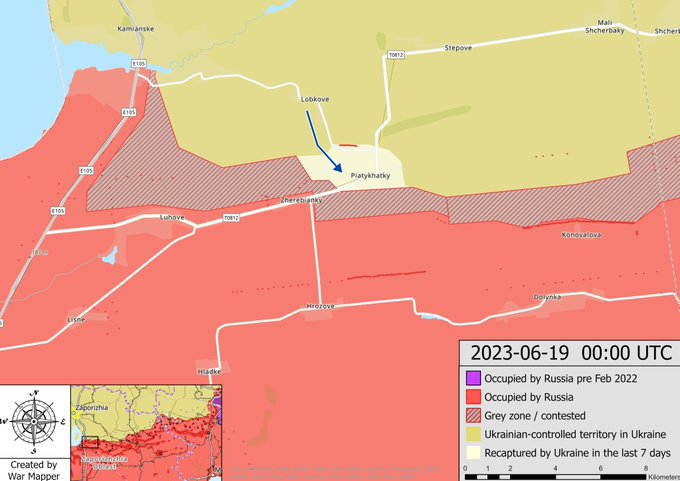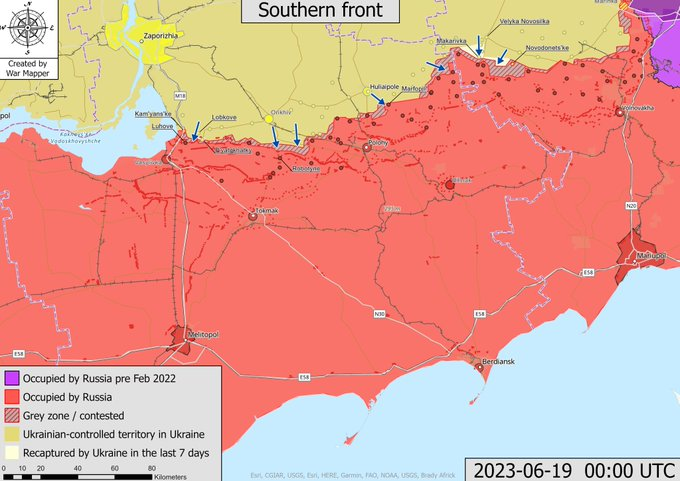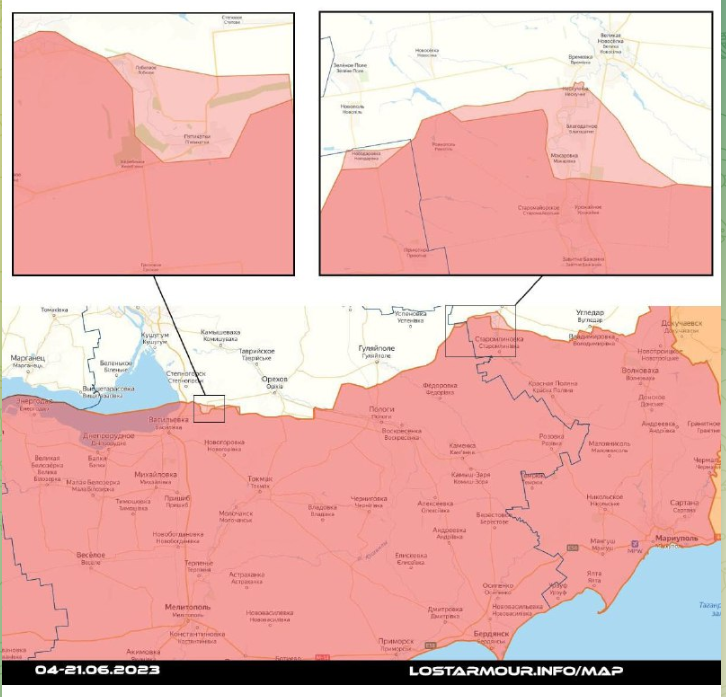C4RCOSA
Lol lets see that political collapse source then, I provided many and you've got none for this narritive you have put forth. In fact the quelling of the Pringles revolt has galvanized the Russian political scene in favor of Putin.
Lol multiple sources included the personal accounts of the "victims" but you are an average liberal and refuse to engage with reality.
Add another to the Black Blocklist of Communism
This is evidenced by fentanyl shipments from India allegedly destined for Mexico. On May 4, 2018, the Hong Kong SAR updated their drug law to control the fentanyl precursors 4-anilino-N-phenethyl-4- piperidine (ANPP) and N-phenethyl-4-piperidone (NPP) as well as the synthetic opioid U-47700. This matches China’s scheduling of ANPP and NPP on July 1, 2017.
China started regulating the two primary precusors ANPP and NPP in 2017 considering them their equivalent of a schedule 1 drug (Administrative Measures on Narcotics and Psychotropic Substances without Medical Use) Here is the history of their drug control:
https://www.unodc.org/LSS/Country/DetailsLegalSystem?code=DLIL&country=CN
He is breaking down a very dense report from the West Point and the Department of Military Instruction: https://mwi.usma.edu/the-russian-way-of-war-in-ukraine-a-military-approach-nine-decades-in-the-making/
Most of the quotes ive used are also from that same report
Ironic seeing the human wave of Ukrainians sent into the land mines and open fields to be hit by indirect fire. Russia has no problems supplying this war of attrition and it could be argued that they sought to impose such a war after pivoting from the maneuver based doctrine of the start of the SMO. As I quoted in the rail line the Russian supply chain is limited by the rail and as such would be unable to sustain themselves far from the lines as opposed to the established and new lines they have created to the Donbass region.
From an old comment of mine: https://lemmygrad.ml/comment/569600



https://simplicius76.substack.com/p/dissecting-west-point-think-tanks
"The capacity to detect and strike targets at ever-greater distances and with ever-growing precision increases the vulnerability of dense troop concentrations, and therefore limits the ability to conduct large-scale sequenced and concentrated operations. As such, in order to enhance survivability, current battlefield conditions are forcing military units to disperse into smaller formations, dig in, or both, unless these conditions are effectively countered. As a result, the battlefield tends to become more fragmented, offering more independent action to lower tactical formations as the depth of the front is expanding to a considerable extent."
"As a survey of decades of history illustrates, Russian military strategy over the past decades has correctly forecasted a number of implications of advancements in weapons, as well as sensor technologies, that are currently affecting the character of warfare in Ukraine."
"The operational level of war sits between tactics, which consists of organizing and employing fighting forces on or near the battlefield, and strategy, which involves aspects of long-term and high-level theatre operations, and the government's leadership. The Soviet Union was the first country to officially distinguish this third level of military thinking, when it was introduced as part of the deep operation military theory that its armed forces developed during the 1920s and 1930s and utilized during the Second World War."
"After the failure of the initial invasion, the subsequent period of the fighting in the Donbas was at first marked by Russian dominance in fires. Besides precision munitions, the employment of UAVs for target detection greatly enhanced the effectiveness of Russia’s large numbers of legacy artillery systems. Russian artillery batteries employing UAVs for target detection generally showed themselves capable of engaging Ukrainian positions within minutes after being detected. As a result, Ukrainian infantry companies were forced to disperse and often occupied front lines up to three kilometers wide. Consequently, battalions covered frontages that are traditionally the responsibility of brigades. Russian artillery superiority and sensor density even prevented Ukrainians from concentrating in units above company size, because anything larger would be detected prematurely and effectively targeted from a distance."
"Russian forces also rarely employ armor and infantry in concentrated assaults and in the defense occupy dispersed positions, while increasingly drawing on artillery to blunt Ukrainian attacks."
"However, current battlefield conditions are adding the related difficulty of achieving the concentration of forces necessary for establishing main efforts during offensive operations. This is reducing large-scale engagements and thereby necessitating a concentration and synchronization of effects, rather than a traditional physical massing of troops. In turn, this places an extra burden on command and control, especially when contested by electronic warfare. Only by disrupting the opponent’s kill chain can larger formations regain the ability to concentrate and engage in maneuver warfare. During the war in Ukraine, superiority in kill-chain effectiveness has become one of the prime objectives for both sides. In this war and any other characterized by the same dynamics, this superiority becomes an essential condition for victory."
With a doctrine advantage, western acknowledged electronic warfare, indirect fire, and air support superiority combined with an established, modernized supply line its JOEVER
I am not in the business of victim blaiming rather assigning blame to those who executed the attack. Given my response quoting us army knowledge of Russian operations why would they not disable the rail line? Instead they target vehicles on the civilian bridge hence my classification as a terroist attack, one assigned to the PREVIOUS attack on the SAME bridge, one would think they would learn unless their motive is different
Wrong the rail line is the means by which military support is moved, Russia has a history of utilizing rail as their supply lines.
"The reason Russia is unique in having railroad brigades is that logistically, Russian forces are tied to railroad from factory to army depot and to combined arms army and, where possible, to the division/brigade level. No other European nation uses railroads to the extent that the Russian army does."
"Trying to resupply the Russian army beyond the Russian gauge rail network would force them to rely mostly on their truck force until railroad troops could reconfigure/repair the railroad or build a new one. Russia’s truck logistic support, which would be crucial in an invasion of Eastern Europe, is limited by the number of trucks and range of operations."
https://warontherocks.com/2021/11/feeding-the-bear-a-closer-look-at-russian-army-logistics/
"Russia has to defend in 360°. It is heavily dependent on barge and rail movement. It does not have the manpower of Soviet times. It cannot be strong everywhere at once and has gone to highly mobile brigades so that it can rapidly assemble forces where needed."
"The vast majority of personnel and cargo are transported via rail for civil and military purposes. Rail transport is the primary means of logistical support for most military operations (including current operations in and around Eastern Ukraine) and is an absolute necessity for any type of large-scale movement throughout the great expanse that is the Russian Federation"
"Due to the importance of rail for military operations, the Russian Federation has a separate branch, the Railroad Troops, dedicated to protecting, servicing, and maintaining rail service in combat and austere conditions for the Russian Armed Forces."
Such a backward state that it has Hypersonic missles while the west provides munitions that can't seem to aid the counter offensive (they are stil proooobin') or disable a rail line on a bridge.
Publication: Global Economic Prospects, June 2023
" In Russia, the contraction this year is envisaged to be milder than initially forecast, partially due to the continued flow of energy exports"
"In the United States, growth is expected to weaken significantly through 2023 and early 2024, mainly as a result of the lagged effects of the sharp rise in policy rates over the past year"
"Growth is forecast to strengthen in 2023, to rates higher than projected in January, mainly reflecting developments in the regions’ [second] largest economy—the Russian Federation."
" Output in Russia is projected to contract less than anticipated in January mainly due to more resilient-than-expected oil production and higher- than-expected growth momentum from 2022"
"Increases in U.S. interest rates associated with inflation or reaction shocks should lead to more adverse spillovers because rising interest rates would coincide with weakening U.S. economic activity and dampened investor sentiment."
"The recent moderation in U.S. yields since the onset of U.S. banking sector stress appears to reflect negative real shocks amid heightened risk aversion and expectations of slower U.S. growth. "
https://openknowledge.worldbank.org/server/api/core/bitstreams/6e892b75-2594-4901-a036-46d0dec1e753/content